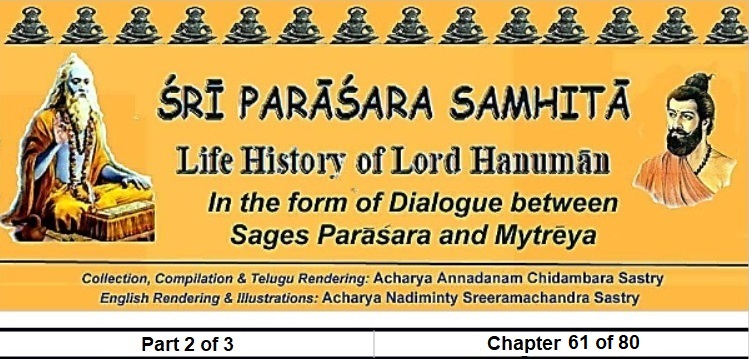
61st Chapter (Ēkaşaşţitama Paţalah)
“Features of Hand Gestures (Mudras)”
(Mudrālakşaņam)
श्रीमैत्रये:
पराशर नमस्तुभ्यं दीनबंधो दयानिधे!
तत्तद्धर्मविशेषेषु संशयं हर मामकम्।। 1
Mytrēya:
“Oh! Sage Parāśara! Very kind one! I bow to Thee. Clarify my doubts on aspects of religion and righteousness. (1)
त्वया प्रोक्ताः पुरा ब्रह्मन् करुणापूर्णचेतसा!
हनूमन्मंत्रविषये मुद्राष्षोशडणताः।। 2
Oh! One with heart full of kindness! Best amongst Brāhmins! You have earlier told me the details about the Hanuman mantras and about the sixteen mudras (hand gestures). (2)
लक्षणानि कथं तासां प्रत्येकं नियतं पृथक्
कृपा सर्वमशेषेण दयामय! तवास्ति चेत्।। 3
Oh! Abode of kindness! If you have favour for me, tell me the clear features of those mudras in detail. (3)
श्रीपराशरः
वक्ष्ये षोडशमुद्राणां लक्षणानि पृथक्पृथक्
यथा वा चेतसस्सद्यः मुद्राफलमवाप्नुयात्।। 4
ŚrīParaāśara:
Oh! Mytrēya! I am telling, one by one, the features of hand gestures of sixteen mudras that give results or fruits to men immediately. (4)
करद्वयांगुष्ठयोगतर्जन्युभयमूलयोः
सर्वांगुष्ठोपरि स्थित्वा दक्षिणांगुष्ठपर्वणि!
शेषाणां ऋजुभावेन प्रस्तुता ख्यातमुद्रिका।। 5
Types of Mudras
Putting the tips of the thumbs of both the hands at the bases of index fingers in such way that the top parts of the thumbs are in straight line with other wingers, is known as prastuta (presented) mudra.(5)
उत्तानवक्त्रागुंलिना वामेन ग्रथिता यदि
दक्षिणाग्रकरांगुल्यस्त्वनुलोमविलोमतः
मुद्रेयं गालिनी प्रोक्ता मुद्रा सिद्धांतवेदिभिः।। 6
Those knowledgeable scholars about mudras say that gālinee (creative?) mudra is one in which the forward portions of the fingers of the right hand touch the left hand fingers kept upward facing and the same are threaded in natural and reverse ways. (6)
उत्तानाग्रतले वामे किंचिदाकुंचितांगुलौ
अधोमुखांगुष्ठतर्जन्यंतरे करभस्पृशा
दक्षिणेन करेणैव मेलनं पद्ममुद्रमणम्।। 7
While keeping the fingers of the left hand upwards and if kept slightly bent and touching the middle portion between the thumb and index finger of the right hand, it is known as padma (lotus) mudra.(7)
कनिष्ठानामिकामध्यांगुलिभिर्दक्षिणांगुलौ
वामाधों गुष्ठमारुह्य शेषाणां ऋजुमेलनम्
कथिता शङ्खमुदे्रयं मुनिभिस्तत्त्वदर्शिभिः।। 8
Truth seeing enlightened seers call it śankha (conch) mudra in which, with the little, ring and middle fingers of the right hand ride on the lower part of the thumb of the right hand, while keeping the other finger parallel.(8)
वामदक्षिणहस्तान्तः स्थूलयोर्विवृतात्मनोः
अनुलोमविलोमाभ्यां मेलनं चक्रमुद्रणम्।। 9
If the central portions of the palms of the left and right hand are joined in natural and reverse ways, it is known as cakra (wheel) mudra. (9)
कनिष्ठया दक्षिणस्य गृष्हीत्वान्यकनिष्ठिकाम्
युङ्क्त्वा प्रतिमुखं ते द्वे तिर्यंचो नाम मध्यमे
तर्जन्यः पुरतः कृत्वांगुष्ठद्वयमथोन्नयेत्
गारुडी मुद्रणा प्रोक्ता सद्यस्सिद्धिप्रदायिनी।। 10
It will be a gārudee (charmer) mudra, when the right hand little finger is linked to the left hand little finger, with the thumbs kept downwards and the index fingers show forward direction. (10)
संयोज्य हस्तौ द्वौ सम्यङ्निधाय स्वस्य मूर्धनि
दर्शितं ऋजुभावेन नतिमुद्रा प्रकीर्तता।। 11
Joining both the hands on one’s head and doing namaşkar (folding hands in reverence) while keeping them straight, is known as the nati (reverential pose or bowing) mudra.(11)
तर्जन्यायत्तमूला स्याद्वक्राग्रा दक्षिणे करे
मुकुलायिताश्चंगुल्यस्तदा मुद्रांकुशभिधा।। 12
Ankuśa (trident) mudra is that when the right hand index finger is showing upwards, while all other fingers are close and with bent top phalanx. (12)
मध्यमानामिकांगुष्ठमेलनं करयोद्र्वयोः
एकधैव वृष्ता सम्यङ्ममृगीमुद्रा प्रकीत्र्यते।। 13
When the middle and ring fingers and thumbs of both the hand are joined together, it is known as mŗgee (deer) mudra.(13)
कनिष्ठानामिकायोगो वामदक्षिणहस्तयोः
तर्जनीमध्यमायोगस्तयोरेव तथैव तु
धेनुमुद्रेति विख्याता चतुर्युगसमन्विता।। 14
Dhēńu (cow) or surabhi (celestial cow) mudra is that when four pairs of fingers joining, i.e. left little finger to the right ring finger, right little finger to the left ring finger, left middle finger to the right index finger and right middle finger to the left ring finger. (14)
संपुटीकृष्तहस्तौ द्वौ किव्म्चिदुच्छूनगर्भितौ
कुम्भमुद्रेति विख्याता पूजिता सर्वयोगिभिः।। 15
With all the fingers of both the hands are joined and kept upward looking, with the central of palms raised, is the famous and best kumbha (pot) mudra worshipped by all the yogis. (15)
करौ द्वौ प्रतिलोमेन ह्युत्तानग्रथितांगुलिः
भुङ्क्त्वा चाभिमुखं सम्यगुन्नतांगुष्ठतर्जनी।
इयं संहारमुद्रा स्यात्सद्यो योगस्य सिद्धिदा।। 16
Samhāra (extermination) mudra is one where the fingers of both the hands, pointing upwards, are juxtaposed inversely and orienting it towards one self, showing the thumbs and index fingers prominently. This gives yoga achievement immediately. This is also known as niryana (emancipation) mudra. (16)
स्वस्योरू कराभ्यां चेच्छनैस्सन्ताडयेन्मुहुः
मुद्रा मल्लच्छलीकाख्या इति मुद्राविदो विदुः।। 17
When one beats again and again on one’s thighs with both the palms, it is known as mallacchalee (wrestling oriented) mudra by those knowledgeable about mudras. (17)
नृत्यत्पदः कलियुगे भूयो भूयः परस्परम्
शनैश्शनैस्ताडयेच्चेन्मुद्रा स्यात्ताण्डवाभिधा।। 18
It becomes the tāndava (dance) mudra if one gently touches one’s feet while dancing. (18)
वामहस्तं तु विन्यस्य शिरस्याधाय दक्षिणम्
अंगुल्यग्रौ पुरो दृष्टो वालमुद्रा प्रकीर्तता।। 19
While keeping the left hand on the heart, if fingers kept like a tail, the fingers turned towards the front side, above the head, this is known as the vāla (tail) mudra. Elders tell that this mudra must always be performed before worshipping Hanumān. (19)
विवृष्त्य श्रवणे नेत्रे प्रसार्य पुरतोमुखम्
आपूर्य तालुनी सम्यक्फूत्कारैरन्तरालगैः।।
विष्टभ्य जानुनी भूमौ सकृष्देव स्वकावुभौ
मध्यमानामिकांगष्ठदृढसंयोगपूर्वकम्
उत्क्षिप्य बाहुमध्ये द्वौ समौ कर्णान्तगामिनौ
भूतप्रेतादिसंस्थानं भीकरं प्रविलोकयेत्
सैषा तु हनुमन्मुद्रा कथिता मन्त्रवित्तमैः।। 20
Mantra experts say that it will be Hanuman mudra (Hanumān gesture) when both the knees are together, the middle, index and thumbs of both the hands (separately) pressed together and held at the level of both the ears, looking from between the shoulders with eyes wide open in a threatening manner in the direction of evil spirits, stretching the face forwards and, with cheeks filled with air, making a terrible and loud snort. All the above mudras are to be learnt from learned gurus. (20)
इत्येवं कथितं ब्रह्मन् मुद्राणां लक्षणं मया
हनुमन्मन्त्रजालानां इमे मुद्राः प्रकीर्तिताः
मुद्रातल्लक्षणज्ञानादनुष्ठानफलं लभेत्।। 21
Oh! Best amongst Brahmins! I told about the mudras in this manner. These mudras are told as the group of Hanumān mantras. By knowing the features of the mudras, one can get the fruits of performing them. (21)
सम्यग्जप्तो पि मन्त्राणामज्ञात्वा मुद्रणां पृथक्
फलानि न फलंत्यर्था ह्रूषरक्षेत्रबीजवत्।। 22
Even if one recites the mantras well, without knowing the mudras, it will be a waste, like the good seeds soon in a barren land. (22)
![]()
इति श्रीपराशरसंहितायां श्रीपराशरमैत्रेयसंवादे मुद्रालक्षणं नाम एकषष्टितमः पटल
Thus ends the 61st Chapter “Feature of Hand Gestures (Mudras)”

Click here to visit the Contents of the Part 2.
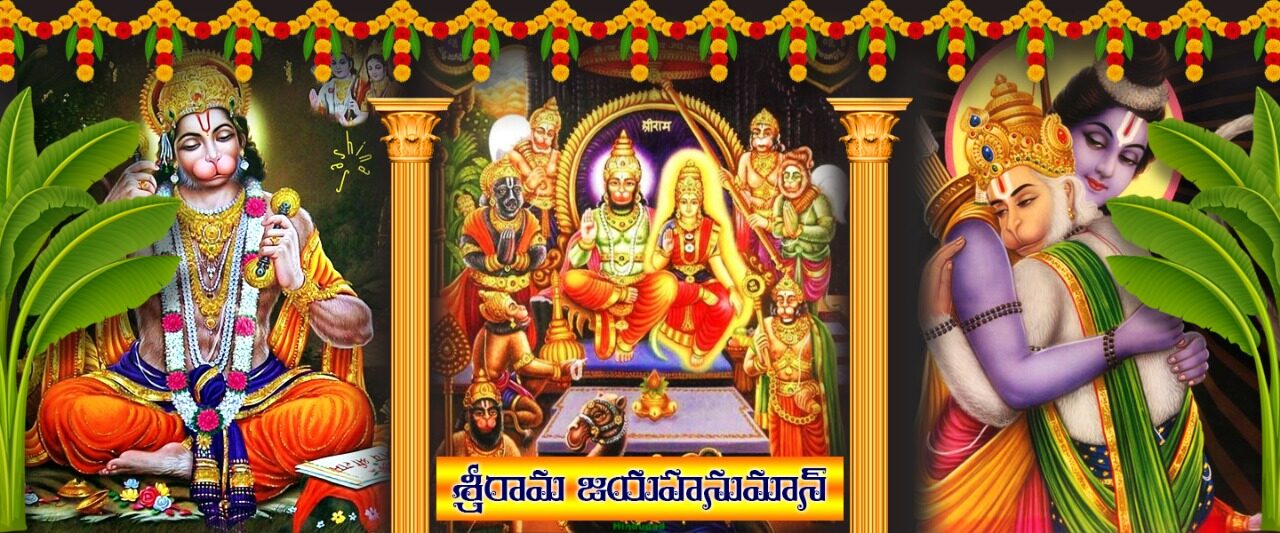
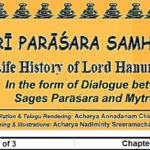

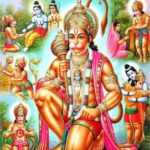
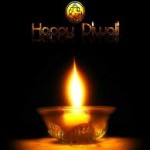

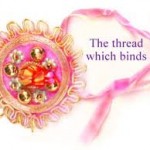
Be First to Comment